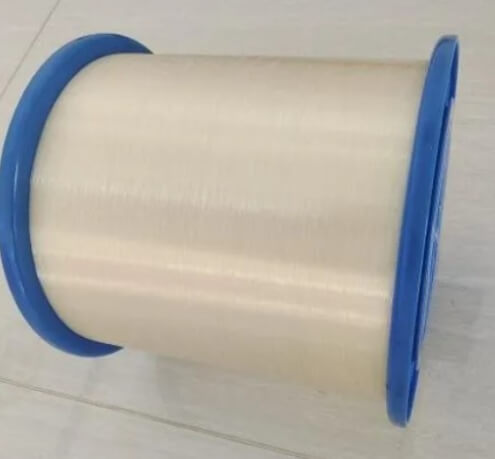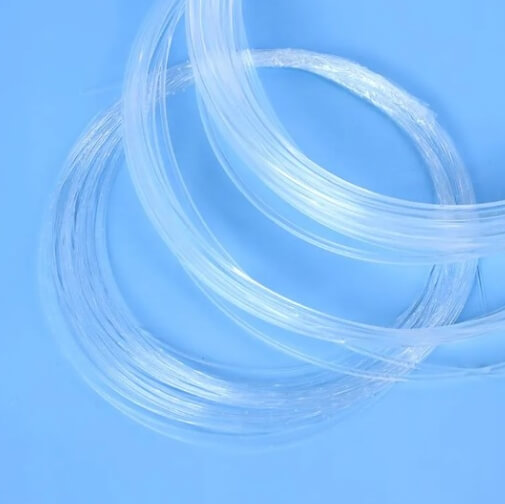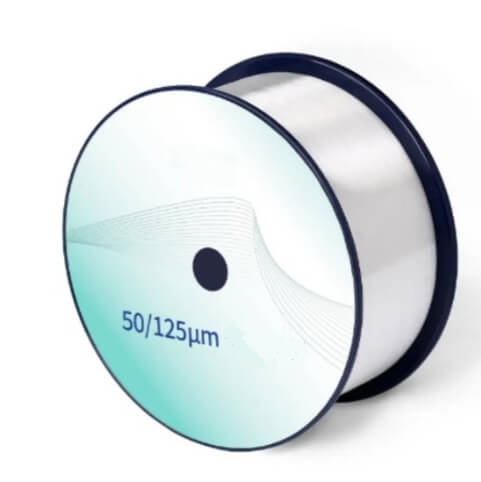Shanghai Gengyun Industrial Co., Ltd
What is the Structure Of Optical Fiber?
Fiber optic (or “optical fiber”) refers to the medium and technology that transmits information in the form of light pulses through glass or plastic wires or fibers. Fiber optic lines carry much more information than traditional copper wires. Today, long-distance communication lines around the world use optical fiber. Optical fiber uses light to send signals through optical media.

Application scenarios of optical fiber

The application range of optical fiber cables is very wide, covering almost all fields. Such as telecommunications, fiber-optic Internet, space, fiber-optic broadband networks, computers, medical and military applications.
Working principle of optical fiber

The function of FO cable is based on the concept of total internal reflection. When light travels from a denser medium to a less dense medium. The angle of incidence is greater than the critical angle, and the light is reflected back to the same medium. This phenomenon is total internal reflection. During the light path, the light will experience multiple reflections. Until it is emitted from the other end of the fiber, even if the fiber is bent.
Based on this principle, we can send any number of different light signals. These light signals will travel at different angles, and there will be no intersection or data loss. Because each light wave has its own path. Therefore, optical fiber can transmit a large amount of data at the same time as different channels.
Structure of Optical Fiber
The original optical fiber material was very fragile and could break easily. Therefore, some impurities were mixed in for easy handling. This made it easier to handle the optical fiber. Now you can handle the optical fiber just like plastic wire. The structure of optical fiber consists of the following parts:
Glass Core:
This is the central tube that transmits the data. This core is very thin. It is made up of an optically transparent dielectric medium that carries the light from the transmitter to the receiver. The core diameter is about 5 microns to 100 microns.
Glass Cladding:
This is the outer optical material surrounding the core, which has a lower reflectivity than the glass core. The glass cladding is also a major component of optical fiber technology. Because it helps to keep the light inside the core throughout the internal reflection phenomenon.
Plastic Buffer Coating:
The plastic coating that protects the optical fiber made of silicone rubber. The diameter of the optical fiber after coating is usually 250-300 microns.
Outer Jacket
The number of cores in an optical fiber cable varies from a single core to hundreds or thousands of cores. To handle these cores, they are arranged into bundles to form a fiber optic cable. These bundles are protected by the outer shell of the cable, which is called the fiber jacket. Depending on its use, the outer jacket can also protect the FO core from weathering. And from high temperatures and fire.
Fiber Optic Cable Transmission Modes
Fiber optic cables can transmit data in two modes, single mode and multimode. Both modes have their own advantages and disadvantages.
Single-mode Fiber
Single-mode fiber is a glass fiber with a diameter of 8.3 to 10 microns and has one transmission mode. Single-mode fiber has a higher transmission rate and can transmit up to 50 times more distance than multimode fiber, but it is also more expensive. Single-mode fiber has much smaller fibers than multimode fiber because it needs to transmit a single signal at a time.
Multimode Fiber
On the other hand, multimode fiber optic cables are composed of multiple glass fibers, which are usually 50 to 100 microns in diameter. Multimode fiber can provide high bandwidth at high speeds over medium distances. However, in long cable transmission (over 3000 feet). Multiple light paths can cause signal distortion at the receiving end, resulting in unclear and incomplete data transmission. Therefore, for long distances, this mode is not very useful.
